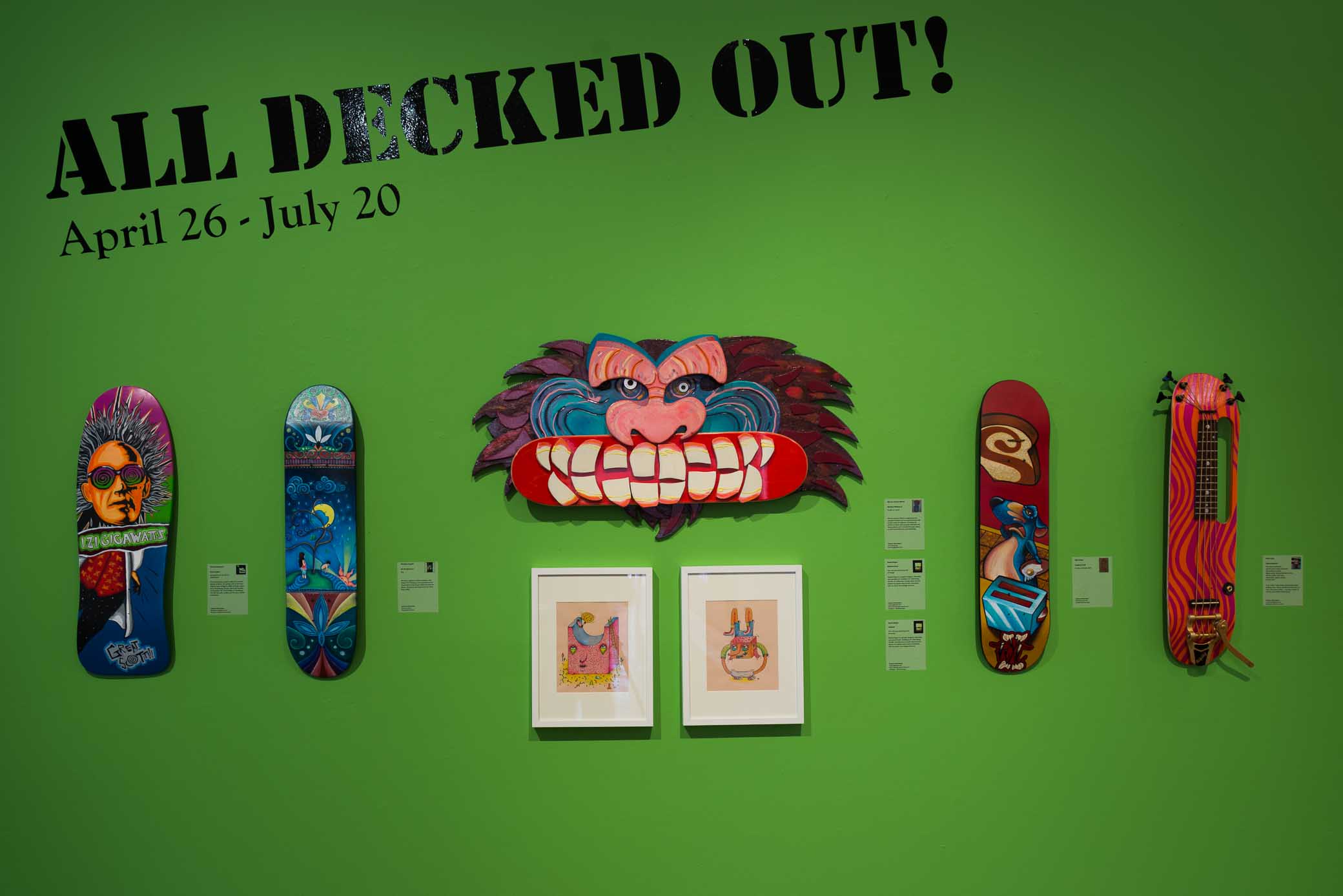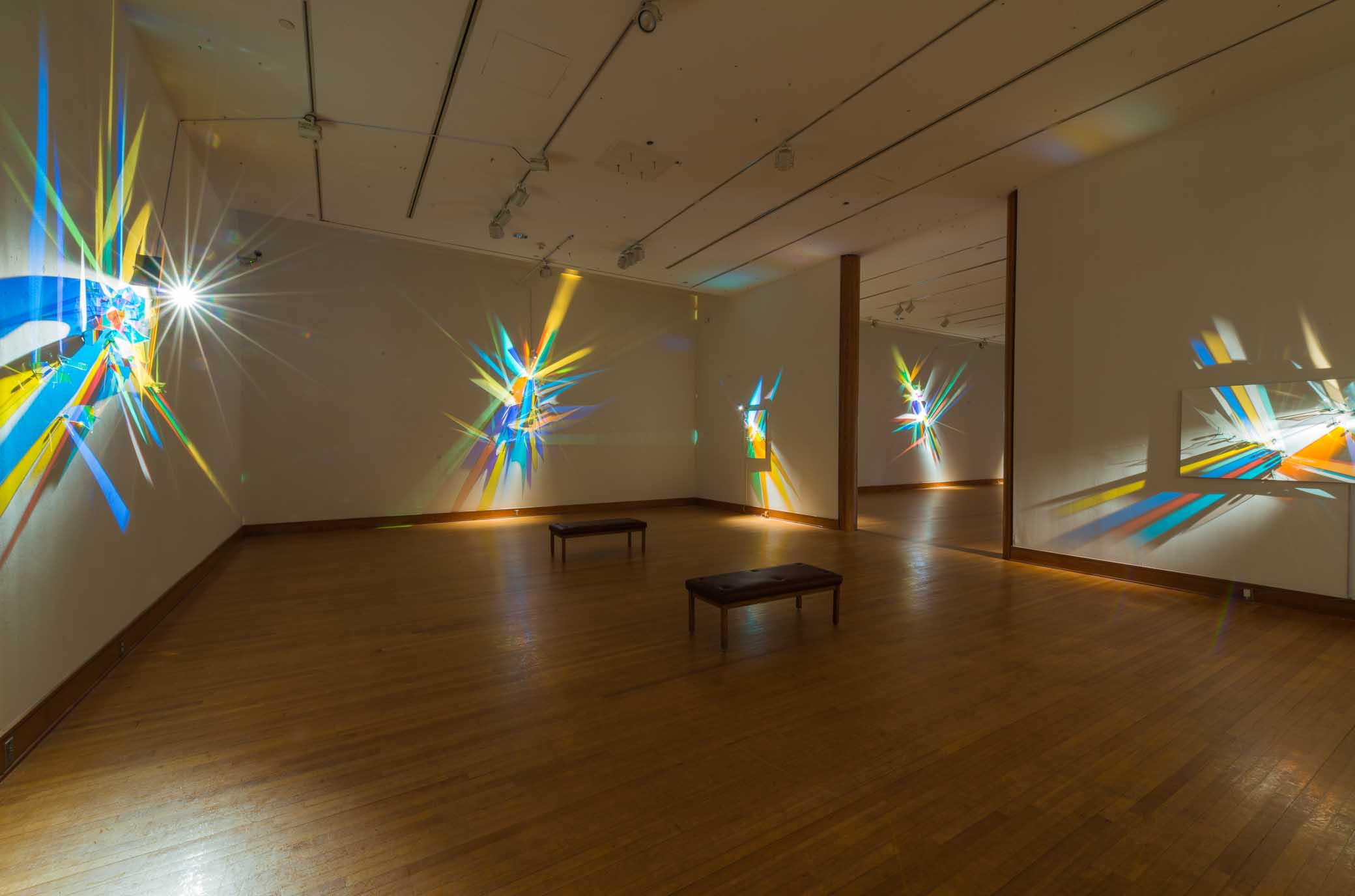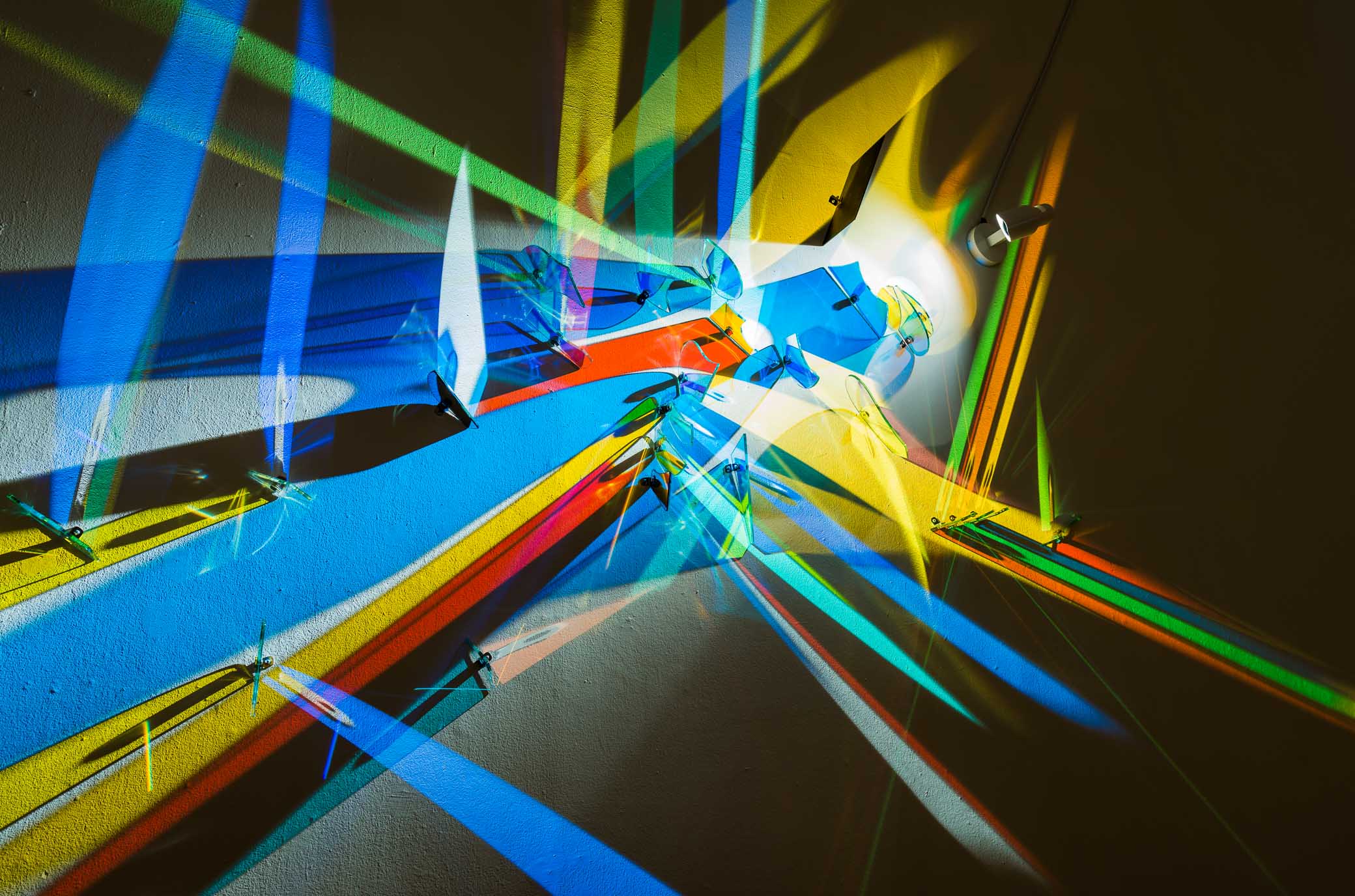July 7, 2015 – October 3, 2015
Gallery II
Following the triumphant return from its blockbuster U.S. Department of State and National Geographic-sponsored presentation last year at the National Gallery of Art in Tbilisi, Georgia (former Soviet Union), Polk Museum of Art will give Central Florida visitors the exceptional opportunity to view “in-person” the first-ever “Space Art” object . Presenting the little-known Experiments in Art & Technology (E.A.T.) project that clandestinely sent and permanently sited original artwork by six renowned American artists on the lunar surface, The Moon Museum (1969): Apollo XII’s Secret Art Mission is curated by Jade Dellinger in partnership with the Bob Rauschenberg Gallery at Florida SouthWestern State College.
Inspired by the success of the Apollo XI mission and wanting nothing more than to put something soulful up where typically NASA had left detritus and hardware behind, the Moon Museum was the brainchild of New York sculptor Forrest “Frosty” Myers. Inviting a group of the most significant artists of the time including John Chamberlain, David Novros, Claes Oldenburg, Andy Warhol and Bob Rauschenberg to join him in contributing individual drawings, Myers collaborated with engineers at Bell Laboratories to transfer their images (using a then cutting-edge photo-reduction technique developed for micro-circuitry) onto a handful of identical postage stamp-sized, paper-thin ceramic wafers. The first-ever art object to travel into space, one copy of the Moon Museum multiple was surreptitiously attached to the Apollo XII lunar landing LEM 6, and has, without the knowledge or approval of NASA, resided on the surface of the Moon for more than forty-five years.
Nearly a half century later, the Moon Museum (with drawings by Rauschenberg, Chamberlain, Oldenburg, Novros, Myers and Warhol) is still a compelling art object and continues to resonate profoundly in the imagination. For the first time in Central Florida, The Moon Museum (1969): Apollo XII’s Secret Art Mission will present one of the few known original Moon Museum ceramic multiples along with vintage NASA press photographs, film shot by Apollo XII astronauts and related mission-flown artifacts.



















